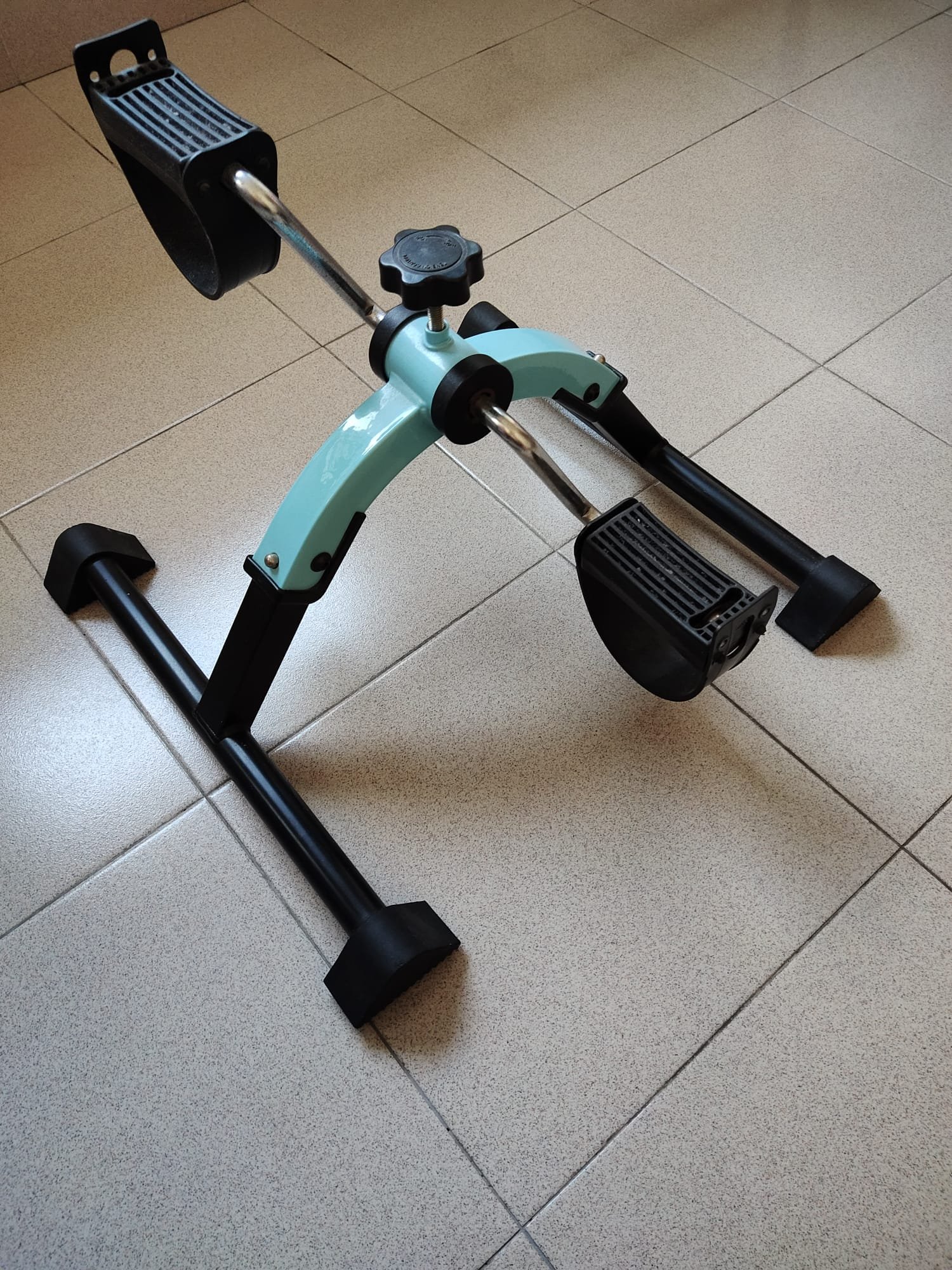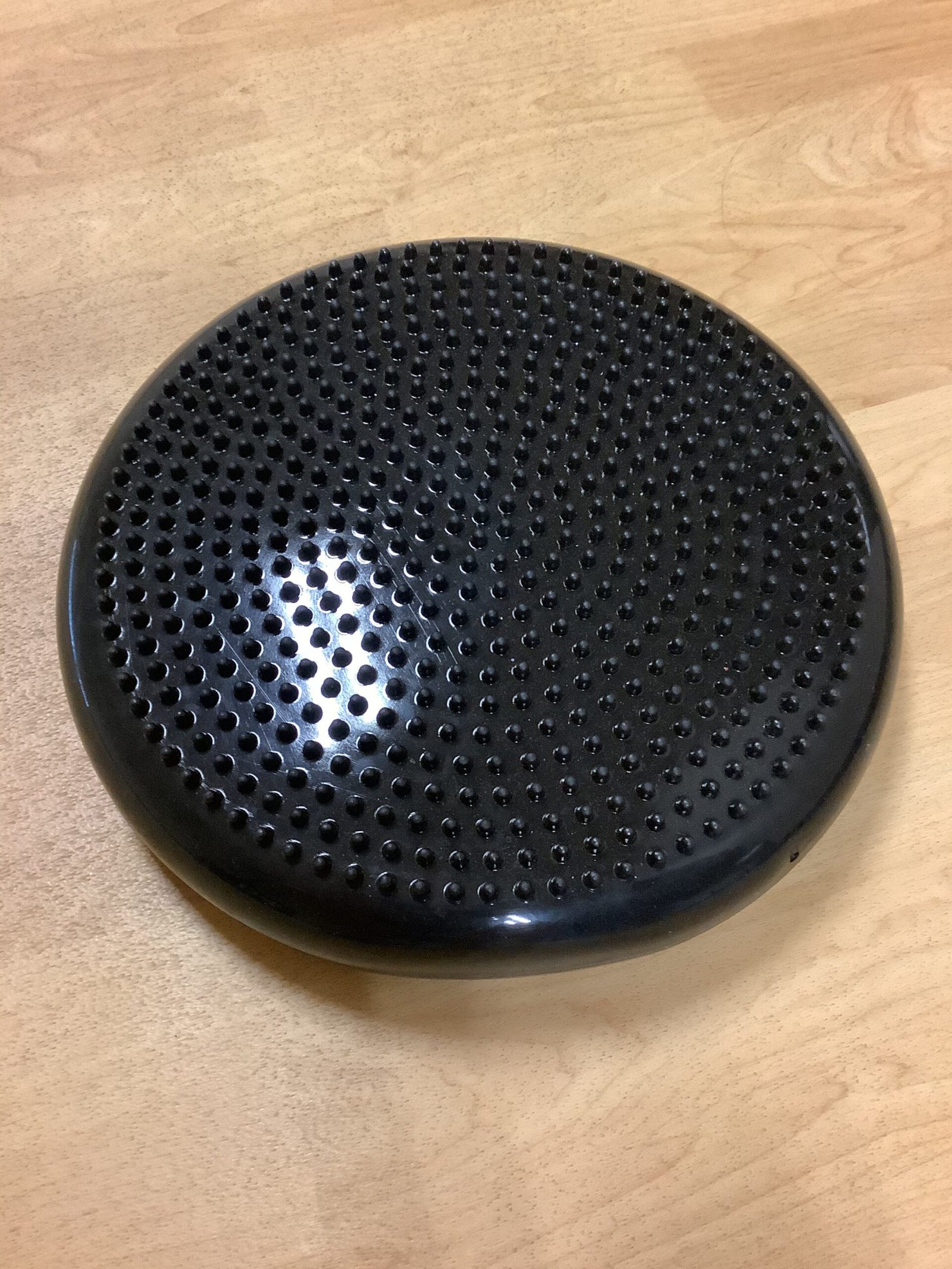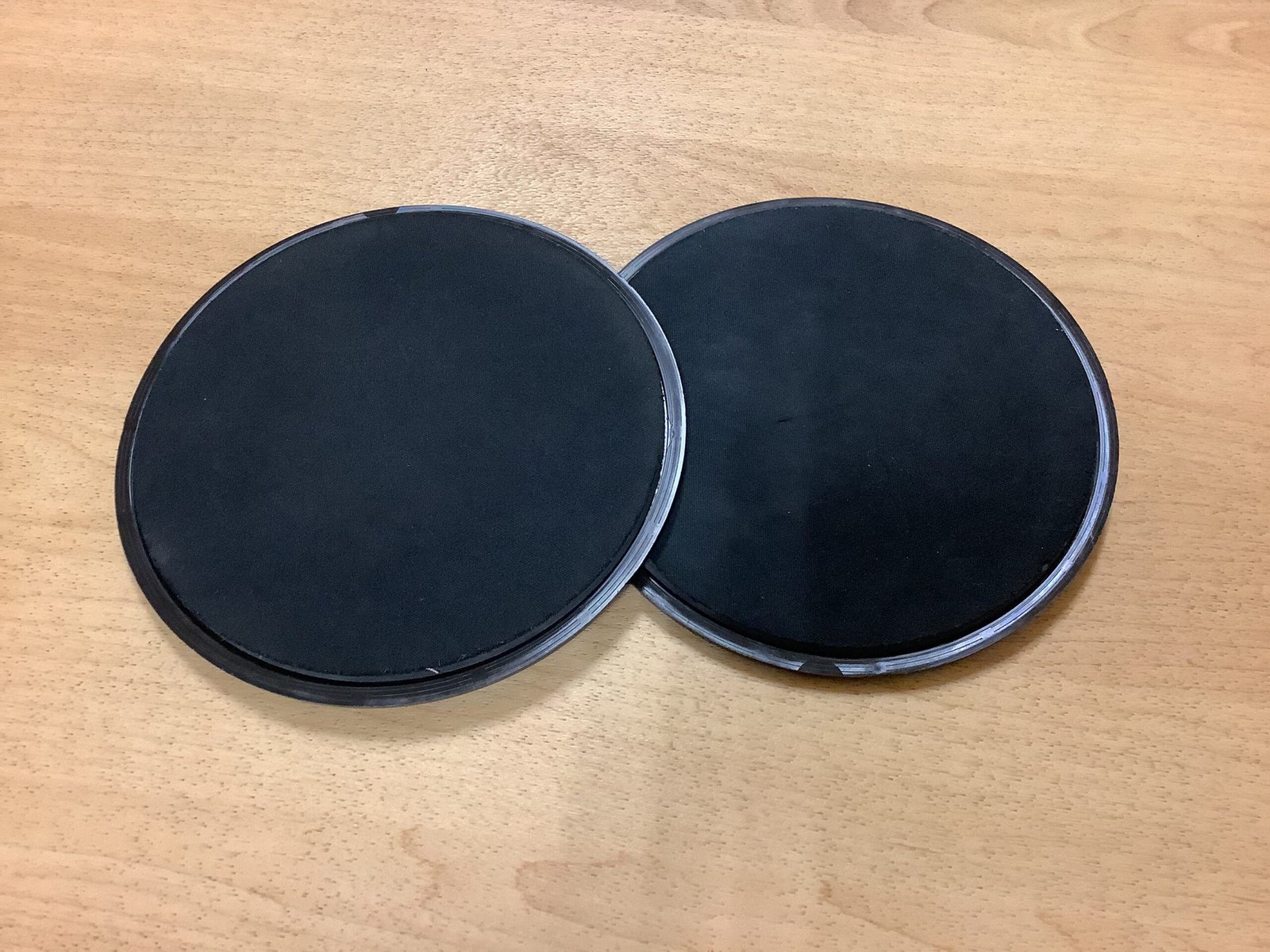One frequently asked question regarding home physiotherapy for the elderly is ‘What exercise equipment do I need to prepare?’ This question can be answered three-fold:
- Often the physiotherapist will recommend what exercise equipment is required after a detailed assessment of the elderly’s condition;
- The requirement for exercise equipment may change over time as the elderly progress to higher levels of training; and
- Many a time, body weight is one of the best loads to be utilized in training as it is most relevant to the functional needs of the elderly. Moving the trunk, arms and legs in various directions and speed often challenges the elderly sufficiently to cope with their daily activities.
If exercise equipment is recommended, it is usually for one of the following reasons:
- When the elderly cannot cope with body weight stimulus due to weakness, poor coordination, etc.;
- When the elderly have already mastered handling body weight and need more stimulus for progression;
- When the elderly need some assistance to learn specific movements smoothly.
In this article, I will introduce 9 commonly prescribed exercise equipment (the list is not exhaustive) for your mental preparation of what may be required. You could easily buy these at local sports equipment shops or rehabilitation equipment shops.
9 Common Home exercise equipment

Exercise Band
A commonly used piece of equipment, thanks to its versatility and safety profile (heavy in resistance, light in weight).
Usage:
1. Strengthening exercise for arms, legs and trunk
2.
Guiding proper posture and smooth movement during functional training
Variation:
1.
Different colours decode the level of resistance. Check manufacturer’s notes for details.
2.
It comes in different forms, e.g. theraband, mini band, stretch cord etc., for various positions in exercises.

Dumbbell
Another common piece of equipment easy for hand grip.
Usage:
1. Strengthening exercises, mainly for arms
2.
Adding challenge and variation to balance exercises
Variation:
1.
It is usually purchased in one pair and comes in various weights.
2.
For the elderly who start with a lighter weight, a dumbbell can always be replaced by a water bottle filled with water/rice/beans to the desired weight.

Ankle Weight
Though it is called ankle weight, we can use it for both arms and legs. It is like a mini sandbag that can be wrapped around the limb during exercise.
Usage:
1. Strengthening exercises for arms and legs
2.
Adding challenge and variation to balance exercises
3. Suitable for the elderly who have a poor hand grip
Variation:
1.
It is usually purchased in one pair and comes in various weights. Some designs allow adjustable weight within the same ankle weight.
2.
For the elderly who start with a lighter weight, an ankle weight can always be replaced by a ziplock bag filled with rice/beans to the desired weight and tied around the limb with a soft strap.

Pedal Bike
A piece of light home exercise equipment, very suitable for kicking start a home exercise program when the elderly start rehabilitation.
Usage:
1. Mobilization exercises for arms and legs
2.
Endurance training for those who are less mobile
3. Adding challenge and variation to balance exercises when done on the arms in standing
Variation:
1.
It usually comes with a knob for adjusting resistance, adding some strengthening component to the training.
2.
Some pedal bikes come with a meter to show exercise duration and numeric resistance level for easy reference.

Ball
A ball of any size and shape is an interesting piece of equipment. Often when the elderly first use it, there is apprehension. Once they have a feel of the ball exercise under proper guidance, they feel engaged and respond well to the training.
Usage:
1. Strengthening exercises for arms and legs
2.
Sitting balance training
3. Standing balance training
4. Power and reaction training
Variation:
1.
Balls can come in different sizes in terms of diameters. The size to choose depends on the body build of the elderly and the type of exercise. For example, gym ball sitting would require a bigger ball of 45-65cm in diameter, the taller, the bigger; catch and throw would need a ball similar to a basketball.
2.
Balls can come in different weights. Heavier balls are harder to manoeuvre and are used in more advanced exercises.

Stick
Here we are talking about a regular wooden or plastic stick, not the walking aid. A piece of light equipment for easy arm manoeuvring. .
Usage:
1. Mobilization exercises for arms and trunk
2.
Guiding proper posture and smooth movement during functional training
Variation:
1.
A broomstick (i.e. a broom without the broom head) will be a perfect replacement for a stick bought from a sports equipment shop. Just clean it before handing it over to the elderly for exercise.
2.
Depending on the exercise prescribed, the length of the stick may vary approximately from 50cm to 100cm.

Balance Disc
At this point, the exercise equipment is getting more advanced. A soft disc is often used for the elderly who are more advanced in rehabilitation and can handle higher-level balance exercises.
Usage:
1. Sitting balance training
2.
Standing balance training
Variation:
1.
It comes in different designs and materials. Some are made of wood with a round base, and some are round inflatable discs with bouncy textures.
2.
If no balance disc is available at home, we can temporarily use a thick, soft pillow. However, the effectiveness of a pillow may not be as good as a balance disc for the prescribed balance training.

Slider
For the elderly who are very functional and mobile, a slider can add fun to the maintenance exercise programme and help them acquire a better sense of balance. Be sure that the elderly is supervised for slider exercises.
Usage:
1. Strengthening exercises for trunk
2.
Standing balance training
Variation:
1.
It is usually bought in a pair, with two types of gliding surfaces on each piece which suits different floorings.
2.
If no slider is available at home, we can temporarily use a bath towel. However, the effectiveness of a bath towel may not be as good as a slider for the prescribed training.

Suspension Trainer
For gym-goers, suspension trainer (commonly known by one of the brand names TRX) is no stranger. With supervision and proper cues, the elderly with advanced mobility skills can use it to ramp up their whole body strength, coordination and balance too!
Usage:
1. Strengthening for the trunk, arms, legs and a combination of them
2. Whole body coordination
3. Sitting balance training
4. Standing balance training
Variation:
1.
It is adjustable in length and hence suitable for exercise for different body parts in various positions.
2.
Though it is not adjustable in weight, the load during the exercise can be scaled up and down by changing the body position.
have a physiotherapist assess and recommend
With this, I hope you are more prepared as to what equipment you may need to prepare for your loved one’s home physiotherapy session. Please do not rush to get them, as the physiotherapist will recommend what to get after a detailed assessment.
